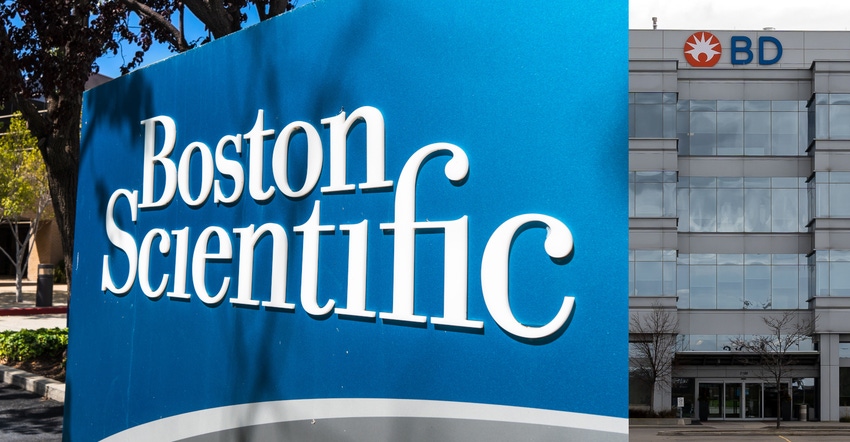FDA Streamlines EO Packaging Sterilization Changes for Medical Devices
So far, Boston Scientific and BD have been accepted into the agency’s pilot program that helps cut through red tape to reduce ethylene oxide (EO) emissions while safeguarding the supply of sterilized medical devices.

The US Food and Drug Administration, through its ongoing EO Sterilization Master File Pilot Program, continues to help medical device manufacturers and contract sterilizers navigate the changing landscape for ethylene oxide (EO) sterilization.
The EO Master File Pilot program aims to ensure the availability of safe medical devices and to encourage innovations that reduce EO-related risks to the public and the environment. So far, the FDA has accepted Master Files from two manufacturers: Boston Scientific and Becton, Dickinson and Co. (BD).
Launched in 2019, the voluntary pilot program was created to expedite FDA approval of changes to EO sterilization. The program enables companies that use fixed-chamber technology for sterilizing single-use medical devices to submit a Master File to the FDA when making certain changes between sterilization sites or changes to processes with reduced EO concentrations.
The program streamlines the regulatory process both for the company holding the EO Master File and for any device manufacturers included within the scope of a Master File. The file holder’s regulatory submission burden is reduced; it simply reports to the FDA, annually, any changes related to reducing EO in its sterilization processes/facilities.
Manufacturers of Class III devices that are subject to premarket approval (PMA) may refer to the Master File submitted by their sterilization provider in a post-approval report to the FDA rather than submitting a PMA supplement describing EO sterilization changes.
The agency defines PMA as “the FDA process of scientific and regulatory review to evaluate the safety and effectiveness of Class III medical devices.” The FDA is not including 510(k) devices in the program. In addition, combination products — medical devices that include a drug, for example — are not eligible for the EO Master File Pilot program.
The pilot program was designed to accommodate up to nine sterilization providers. To be eligible, companies must follow certain procedures and be in good standing with the FDA, as outlined in the Federal Register’s original announcement of the program. The agency accepted Boston Scientific into the program on March 18, 2020, and BD on September 11, 2020.
“As a matter of policy, the FDA is unable to comment or disclose if and/or what other companies have submitted master files for the Ethylene Oxide Sterilization Master File Pilot Program,” says Audra Harrison, a press officer with the FDA.
She adds that the agency “will continue to inform the public of additions to the Master File Program at the FDA’s page on Ethylene Oxide Sterilization for Medical Devices and will update the page as soon as new information becomes available.”
Although the pilot program is now well into its second year, the FDA has not signaled a change to permanent status. “There has been no decision on whether the program will become permanent at this time,” Harrison says.
The program complements the FDA’s two-part EO sterilization innovation challenge, also announced in 2019. That challenge encouraged device manufacturers and contract sterilizers to (1) develop alternatives to EO sterilization and (2) reduce EO emissions to as close to zero as possible.
For Challenge 1, the agency selected five sterilization methods from four companies. The technologies use supercritical carbon dioxide, nitrogen dioxide, accelerator-based radiation, vaporized hydrogen peroxide, and vaporized hydrogen peroxide-ozone technology, respectively.
The FDA selected eight companies to participate in Challenge 2. Participants are focusing on enhanced EO cycle design and processes, flexible chamber technology, reduced sterilant concentration, and emissions abatement.
About the Author(s)
You May Also Like




